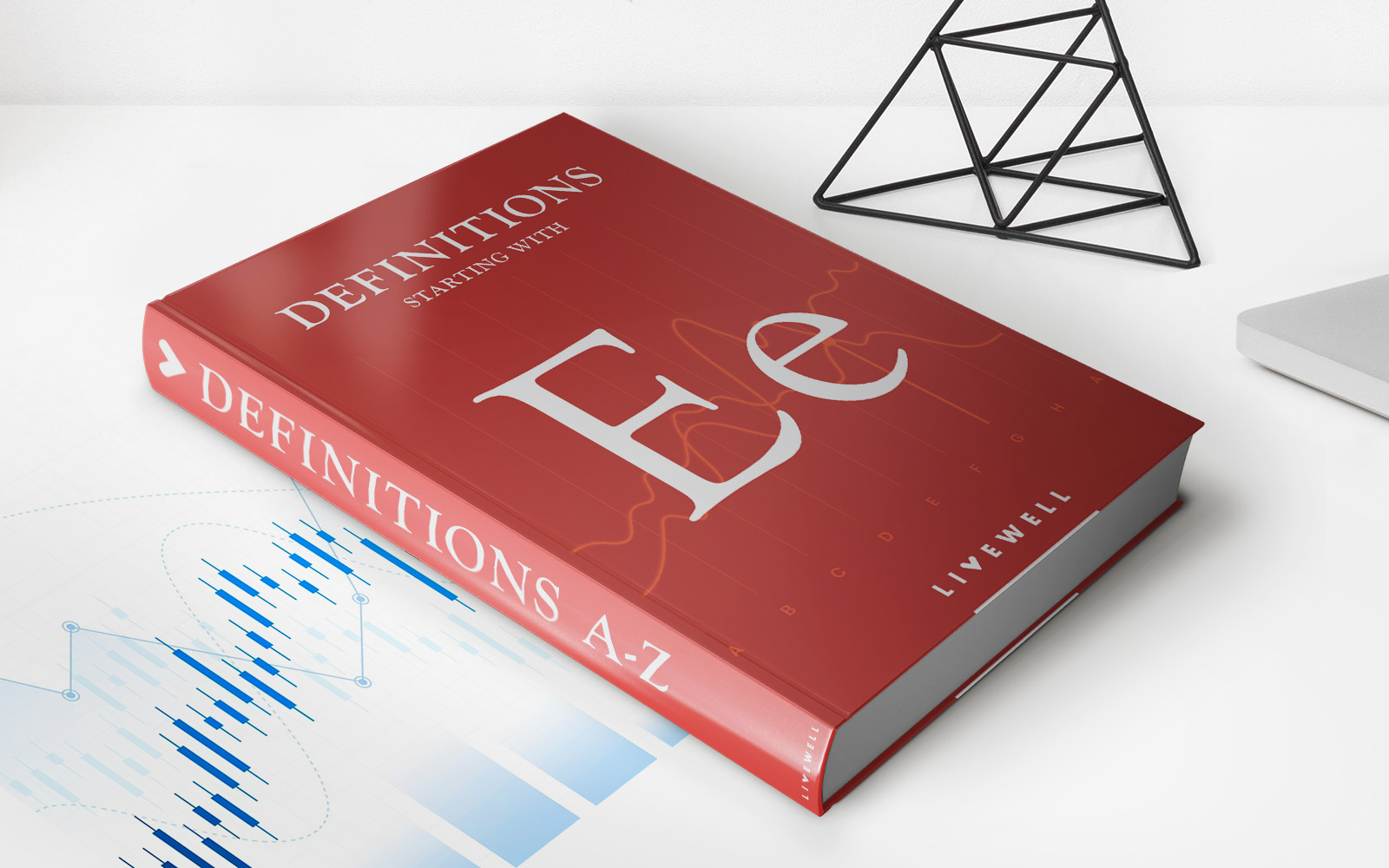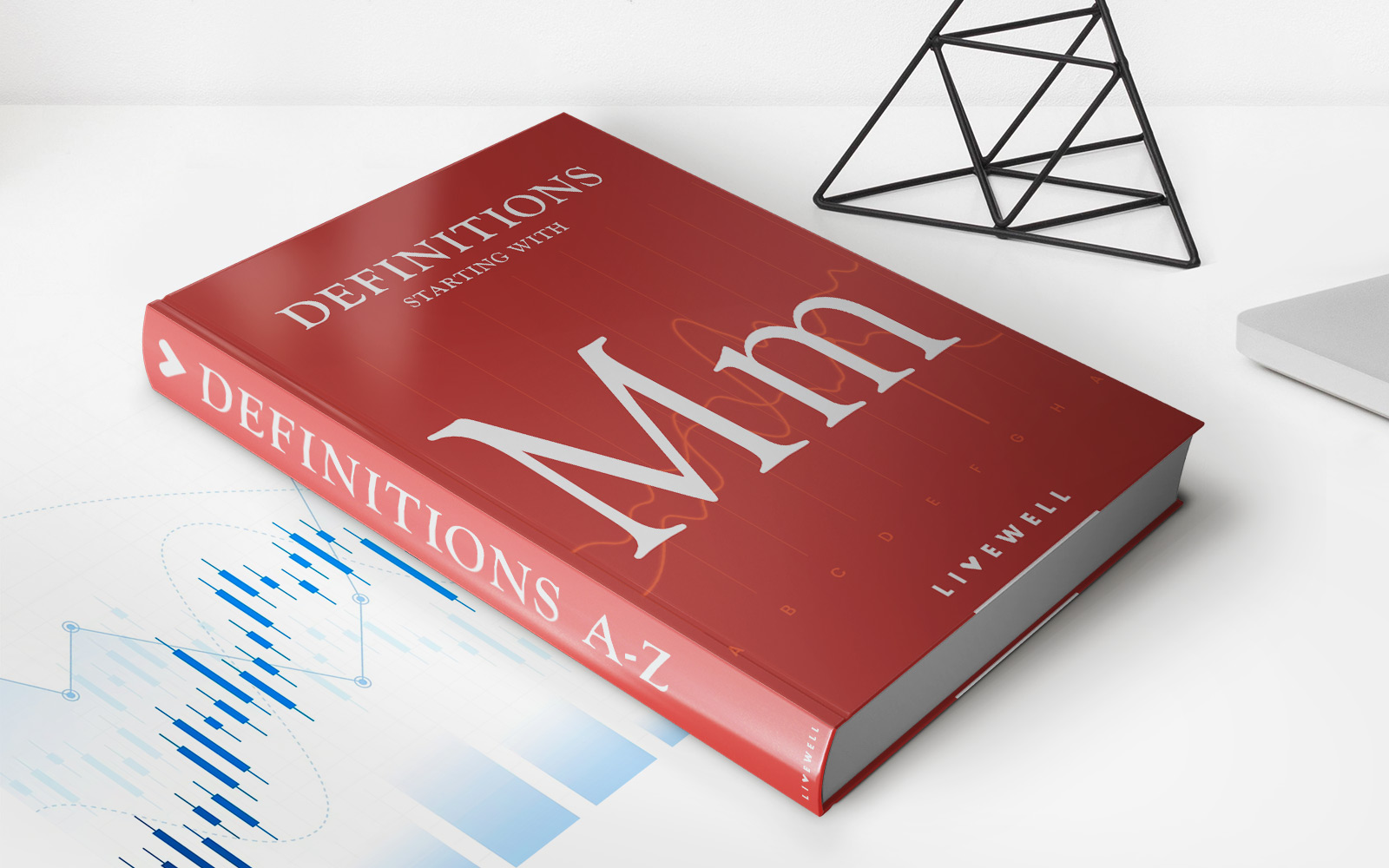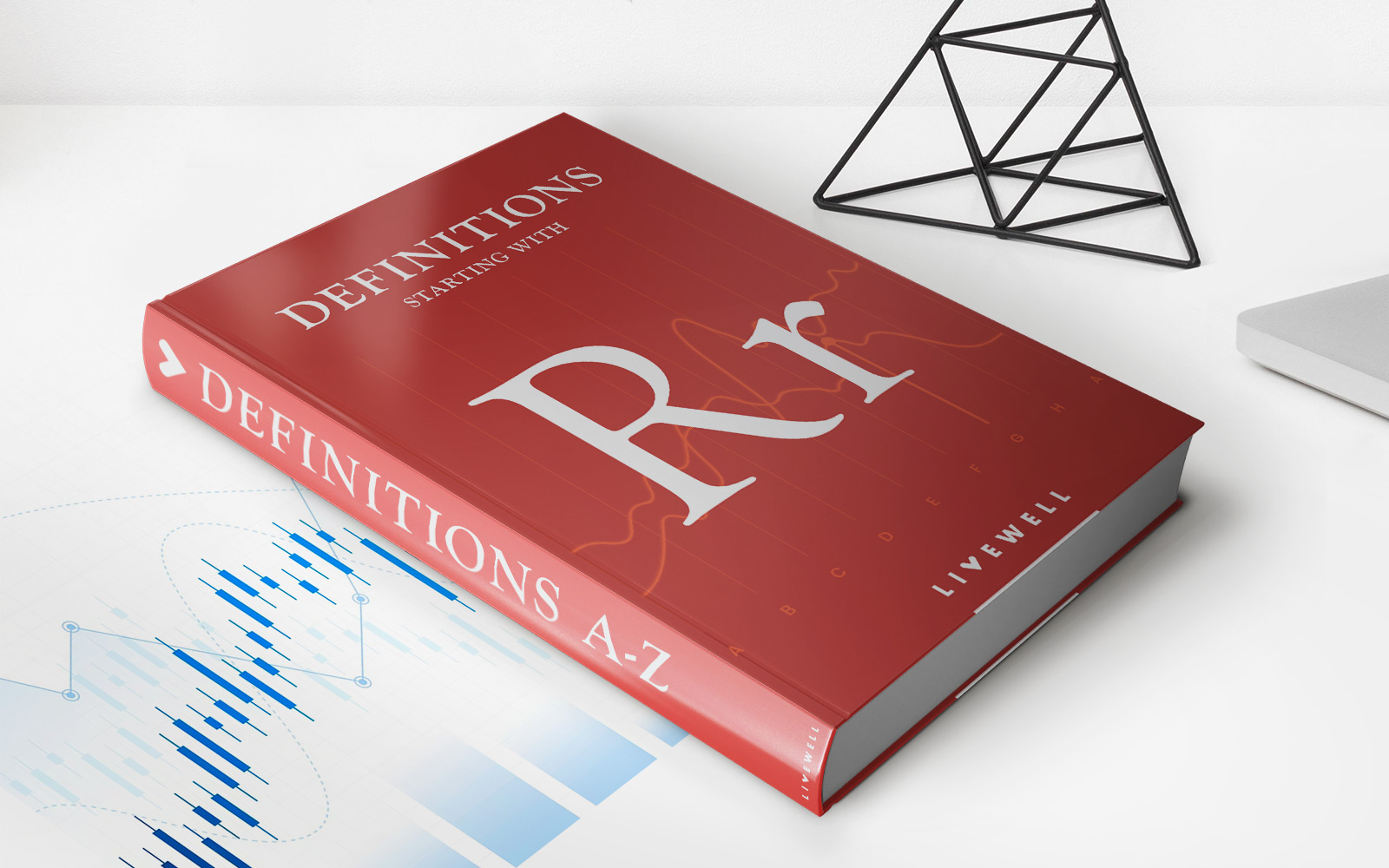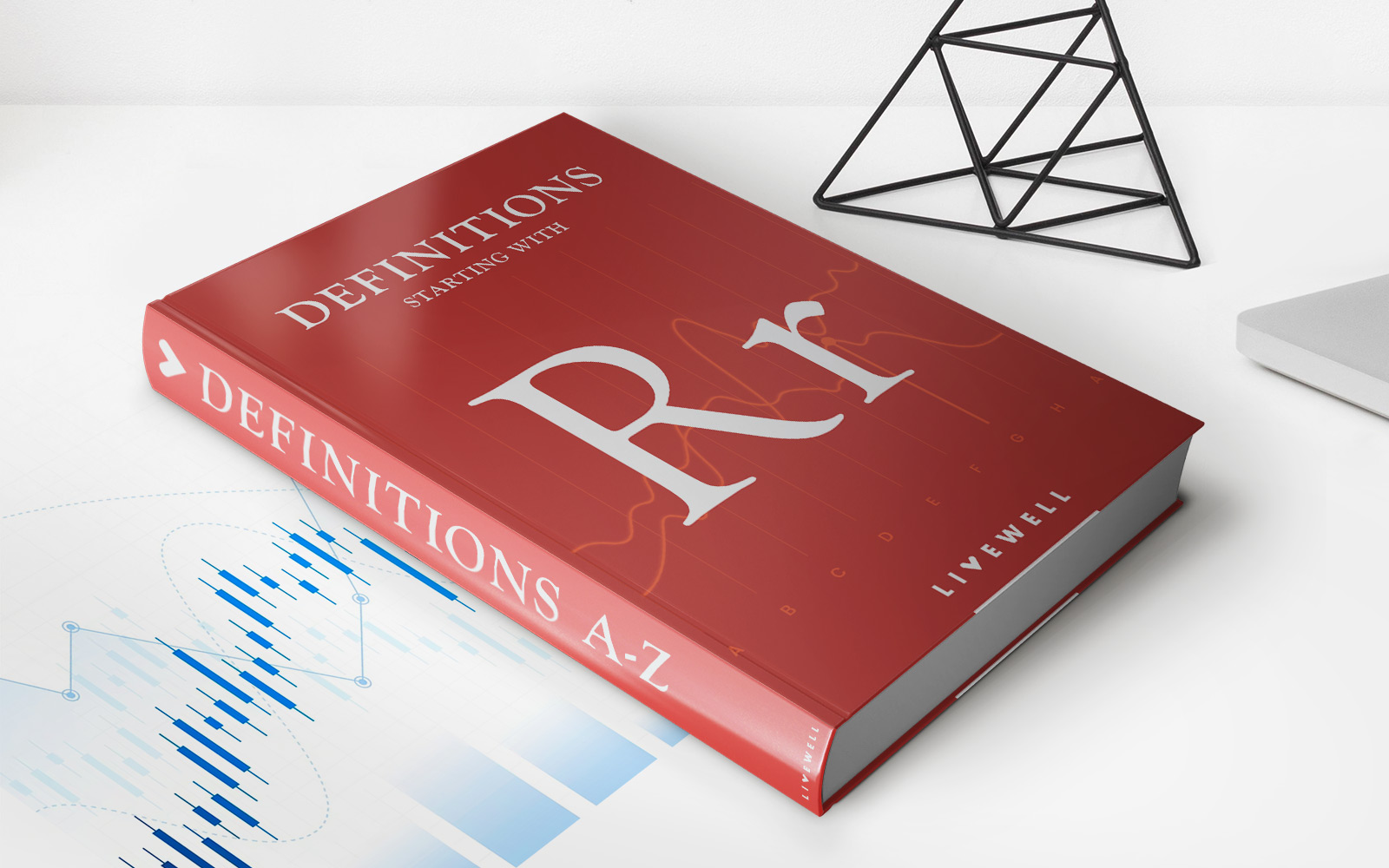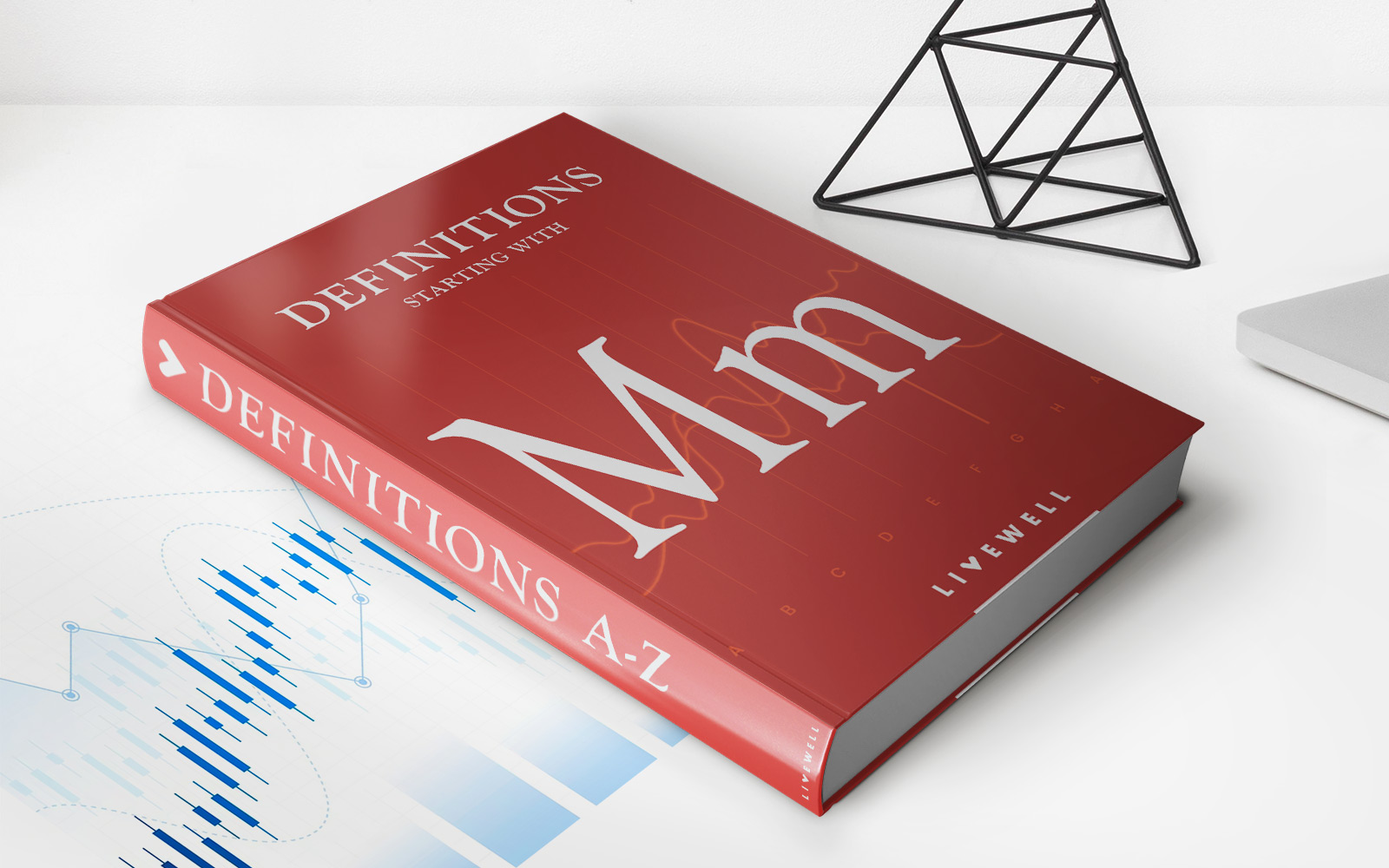Home>Finance>Continuous Audit: Definition, Steps, Advantages And Disadvantages


Finance
Continuous Audit: Definition, Steps, Advantages And Disadvantages
Published: November 2, 2023
Learn all about continuous audits in finance, including its definition, steps, advantages, and disadvantages. Discover how this auditing approach can benefit your business.
(Many of the links in this article redirect to a specific reviewed product. Your purchase of these products through affiliate links helps to generate commission for LiveWell, at no extra cost. Learn more)
Maximizing Financial Efficiency with Continuous Audit
When it comes to managing finances, one crucial aspect that organizations cannot afford to overlook is auditing. Auditing plays a vital role in ensuring the accuracy and reliability of financial information. Traditionally, audits were conducted periodically, but with the advent of technology, a new approach called continuous audit has emerged. In this blog post, we will explore the definition of continuous audit, the steps involved, as well as its advantages and disadvantages.
Key Takeaways:
- Continuous audit is an ongoing process that monitors financial transactions in real-time.
- It provides a proactive approach to identify and address issues promptly, reducing the risk of potential financial inaccuracies.
What is Continuous Audit?
Continuous audit can be defined as an automated and real-time audit process that continuously monitors financial transactions, business processes, and internal controls. Unlike traditional audits that are conducted periodically, continuous audits are ongoing, ensuring that any discrepancies or errors are detected and addressed promptly.
The Steps of Continuous Audit
The process of implementing a continuous audit can be summarized into several key steps:
- Planning: The first step is to define the scope and objectives of the continuous audit. This includes identifying the critical financial processes, systems, and data that need to be monitored.
- Data Collection: In this step, relevant financial data is collected and consolidated from various sources, such as accounting systems, databases, and transaction records.
- Data Analysis: The collected data is then analyzed using automated tools and techniques to identify any anomalies, patterns, or red flags. This analysis helps auditors gain insights into potential risks or fraudulent activities.
- Reporting and Communication: Once the analysis is complete, comprehensive reports are generated, highlighting any irregularities or areas of concern. These reports are then shared with relevant stakeholders, such as management, regulators, or the audit committee.
- Follow-up and Monitoring: The final step involves monitoring the implemented actions or controls and conducting regular reviews to ensure that the identified issues are resolved effectively.
Advantages of Continuous Audit
The adoption of continuous audit offers numerous benefits for organizations:
- Real-time Risk Detection: Continuous audit allows for the early detection of potential risks and vulnerabilities, enabling timely actions to mitigate them. This proactive approach helps organizations minimize financial losses and reputational damage.
- Increased Efficiency: By automating the auditing process, continuous audit reduces the time-consuming manual tasks associated with traditional audits. This frees up resources, allowing auditors to focus on analysis and value-added activities.
- Enhanced Accuracy: With the continuous monitoring of financial transactions and data, the chances of errors and inaccuracies are significantly reduced. This leads to more reliable financial reporting and improved decision-making.
- Compliance and Governance: Continuous audit aids in ensuring compliance with regulatory requirements and internal control procedures. It helps organizations demonstrate their commitment to sound corporate governance practices.
Disadvantages of Continuous Audit
Despite its advantages, continuous audit also presents some challenges:
- Cost: The implementation of continuous audit often involves significant upfront costs, including the investment in sophisticated audit software and data analytics tools. Additionally, ongoing maintenance and training expenses should be considered.
- Data Security and Privacy: Continuous audit relies heavily on the collection, analysis, and storage of sensitive financial data. Ensuring the security and privacy of this data is crucial to prevent unauthorized access or breaches.
- Dependency on Technology: Continuous audit heavily relies on technology for data collection, analysis, and reporting. Any technological glitches or system failures can disrupt the auditing process and require additional resources for resolution.
- Resource Limitations: Small or resource-constrained organizations may face challenges in implementing and maintaining continuous audit due to limited staff or budget constraints.
Conclusion
Continuous audit offers organizations an opportunity to enhance financial efficiency, minimize risks, and improve decision-making by leveraging real-time data monitoring and analysis. By understanding the steps involved, as well as the advantages and disadvantages, organizations can make informed decisions about whether continuous audit is the right approach for them. Embracing this technology-enabled auditing process can pave the way for financial transparency and accountability in today’s digital age.
